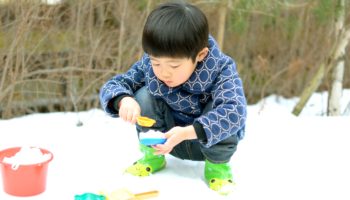By Lisa Mulliken
In playground safety resources, the terms “fall zone” and “use zone” are often referenced and sometimes used interchangeably. Both of these terms are used to describe an important aspect of a safe gross motor environment. The following resources provide information on the expectations for a fall or use zone:
Playground Information to Use with the Environment Rating Scales
Fall Zones – A fall zone is the area around and under gross motor climbing, sliding, or swinging equipment where protective surfacing is required to prevent injury from falls. The fall zone should be cleared of items that children may fall onto or run into.
Caring for our Children
Equipment should be situated so that clearance space, called use zones, allocated to one piece of equipment does not encroach on that of another piece of equipment.
Public Playground Safety Handbook
Use Zone — The surface under and around a piece of equipment onto which a child falling from or exiting from the equipment would be expected to land. These areas are also designated for unrestricted circulation around the equipment.
The fall or use zone for specific pieces of gross motor equipment varies depending on the type and height of the equipment and the age range of the children using the equipment. For information on use/fall zones when using the Environment Rating Scales, refer to the playground information provided by the ERS authors at the link above.
Safety checks should occur on a regular basis to maintain expected use/fall zones around all indoor and outdoor gross motor equipment. In addition to having appropriate use/fall zones in place, supervision also plays an important part in children’s safety during gross motor play. During play, teachers should actively supervise to assure that children are not running through the use/fall zones of equipment while it is in use by other children. Use/fall zones should be clear of portable gross motor equipment, such as bikes, balls and hula hoops, and should be located away from areas used for group games and sand or water play, to prevent injuries caused by conflicting activities.
By being aware of the importance of providing appropriate use/fall zones, and actively supervising children during play, adults are better able to provide safe and fun gross motor experiences for children.



